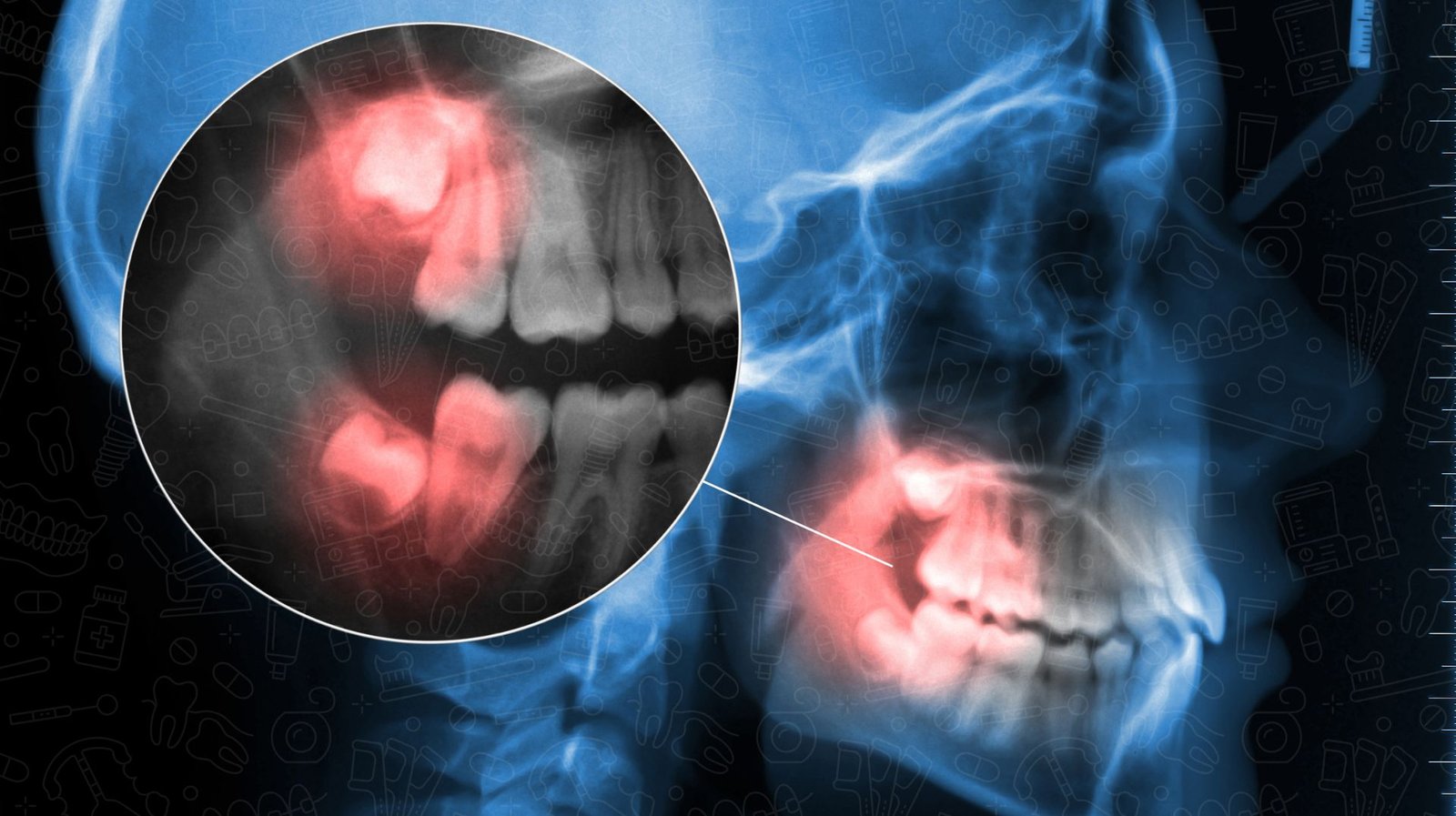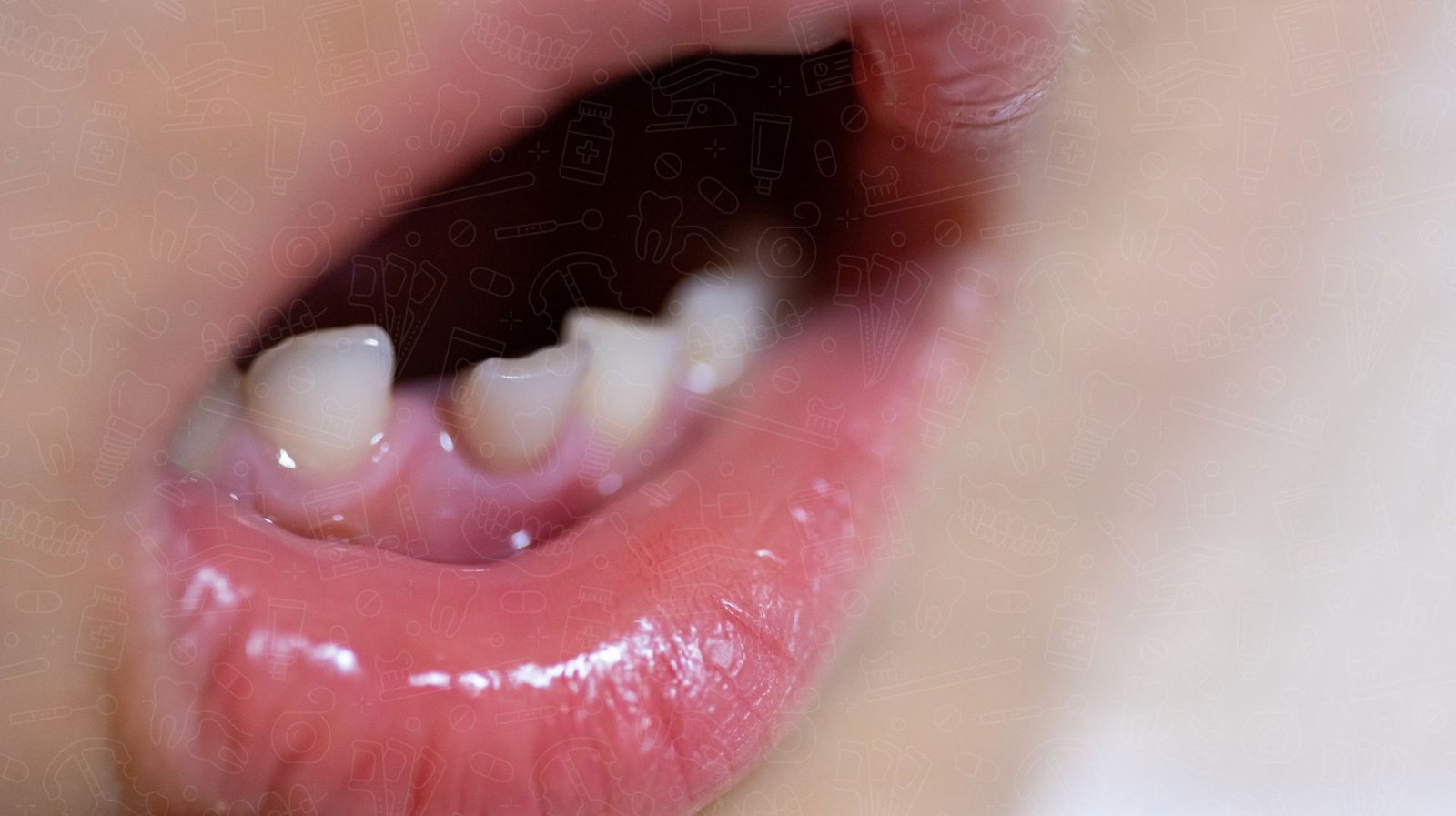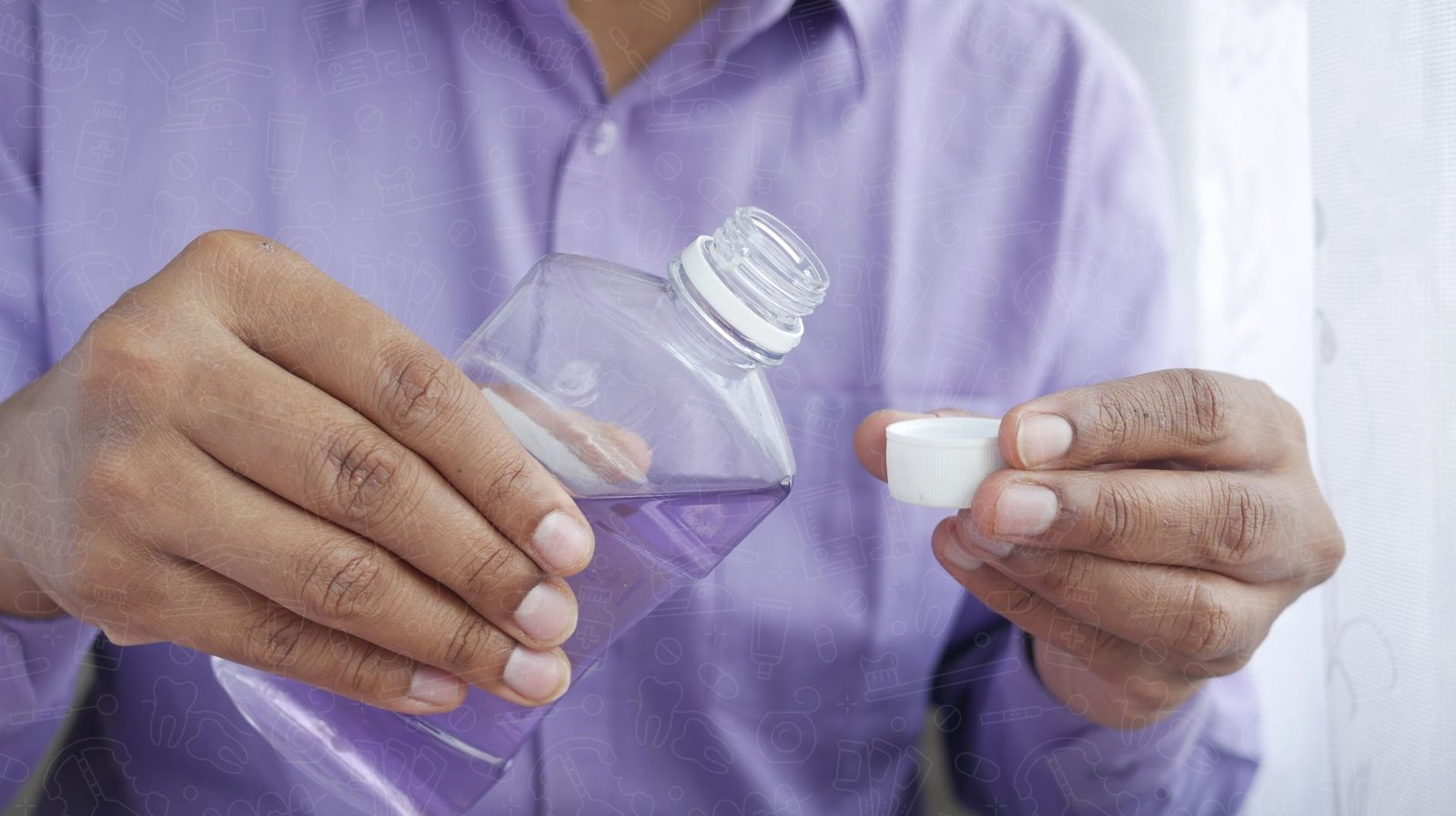Introduction to Recovery Tips After Gum Surgery
The healing process following gum surgery is a fundamental aspect of restoring dental health and ensuring long-term results. Patients must recognize that recovery is not instantaneous; rather, it occurs in distinct stages that are pivotal for optimal healing. Early after the procedure, individuals may experience discomfort and swelling, common responses that signal the body is beginning its repair work. The formation of a protective blood clot within the first days serves as a crucial element for promoting healing.
As recovery progresses, usually within the first week, patients may notice a reduction in inflammation and an improvement in comfort levels. During this time, understanding recovery timelines helps manage expectations and promotes adherence to post-operative care instructions. Factors influencing recovery duration include the surgical complexity and overall health condition of the individual.
Effective post-operative care is vital in this healing journey. Emphasizing self-management, individuals are encouraged to follow guidelines that support recovery, such as maintaining oral hygiene without disturbing the surgical areas. By grasping the phases and signs of healing, patients are better equipped to reduce anxiety and prevent complications, thereby facilitating a smoother recovery. This article provides invaluable insights and practical advice, empowering patients to navigate the intricacies of gum surgery recovery with confidence and ease.
Understanding the Healing Process After Gum Surgery
The healing process after gum surgery is a critical phase for restoring oral health. Typically, the recovery timeline can be segmented into several stages, each characterized by distinct healing milestones. Initially, patients may experience swelling and discomfort, which are common following the procedure. Within the first few days, the gums start to form a protective clot, which is essential for healing.
By the end of the first week, significant improvement is usually observed as inflammation decreases and soft tissue begins to regenerate. It is important for individuals to maintain realistic expectations during this recovery phase, as full healing may take several weeks to months, depending on factors such as the extent of the surgery and individual health.
During this time, proper care is crucial to support the healing process. Patients are often advised to refrain from strenuous activities to avoid placing stress on healing tissues. Understanding the timeline and stages of recovery can help alleviate anxiety and ensure that individuals follow their post-operative care plan effectively. As such, this knowledge empowers patients to take proactive steps toward a smooth recovery, reducing the risk of complications and promoting overall gum health.
Essential Recovery Tips After Gum Surgery at Home
Post-operative care is crucial for a successful recovery following gum surgery. Patients are advised to prioritize their oral hygiene while being gentle around the surgical sites. Using a soft-bristle toothbrush and an alcohol-free mouthwash can help prevent irritation and promote healing without compromising the surgical area.
Adequate rest is another critical aspect of recovery. The body requires time to heal, and minimizing physical activity can facilitate this process. Patients should aim to sleep with their heads elevated to reduce swelling and encourage proper blood flow to the gums.
Wound management is equally important; patients should avoid disturbing the surgical sites to prevent complications. This includes refraining from using straws, smoking, or engaging in any habits that could introduce bacteria or cause trauma to the gums. Applying ice packs intermittently can also assist in controlling swelling during the initial recovery phase.
Additionally, staying hydrated is vital. Patients should drink plenty of fluids—preferably water—while avoiding sugary or acidic beverages that could irritate the gums. Implementing these essential at-home care practices can significantly support a smoother recovery and help patients achieve optimal results from their gum surgery. Overall, following a consistent and mindful post-operative care routine is essential for promoting healing and restoring oral health.
Diet and Nutrition Guidelines for Post-Gum Surgery Recovery Tips After Gum Surgery
After undergoing gum surgery, it is essential to follow specific dietary guidelines to facilitate recovery and support tissue regeneration. A soft diet is highly recommended in the initial days post-surgery. Foods such as yogurt, smoothies, mashed potatoes, and soups can provide necessary nutrients without causing irritation to sensitive gums.
Incorporating protein-rich foods such as scrambled eggs and fish can aid in healing, while fruits like bananas offer vitamins and minerals. Soft vegetables, either steamed or pureed, can also be included in the diet to ensure adequate fiber intake.
Avoiding hard, crunchy, or spicy foods is crucial as they may exacerbate discomfort and irritate the surgical site. Additionally, acidic foods and beverages like citrus fruits and sodas should be limited, as their acidity can affect the healing tissue.
Staying hydrated is vital for recovery; however, patients should opt for lukewarm or room temperature fluids to avoid discomfort. Nutritional supplements or meal replacements can be considered if maintaining a balanced diet proves challenging during the recovery period.
Finally, it is important to discuss any specific dietary restrictions with a healthcare provider to ensure optimal healing and support. By adhering to these diet and nutrition guidelines, individuals can minimize complications and promote a smoother recovery following gum surgery.
Managing Pain and Swelling During Recovery Tips After Gum Surgery
Post-operative pain and swelling are common after gum surgery, making effective management essential for a smooth recovery. First, over-the-counter pain relief medications such as ibuprofen or acetaminophen can be utilized to alleviate discomfort. It is crucial, however, to follow the dosage instructions to avoid any adverse effects.
Cold compresses also play a significant role in reducing swelling. Applying a cold pack to the outside of the cheek near the surgical site for 15 to 20 minutes at a time can effectively minimize inflammation. This technique should be repeated several times a day, especially within the first few days after the procedure.
Additionally, patients can adopt certain lifestyle adjustments to enhance comfort. Staying hydrated and maintaining an elevated head position while resting can facilitate better blood circulation, thereby further mitigating swelling. It’s advisable to avoid hot foods and beverages initially, as they can exacerbate discomfort.
For those experiencing persistent pain or unusual swelling, consulting with an oral healthcare provider is recommended. These professionals can provide tailored advice and adjust pain management strategies as necessary. Understanding how to manage pain and swelling is vital for creating a supportive recovery environment, ensuring patients feel well-equipped to navigate their post-surgery healing journey.
Activity Restrictions and Oral Care Adjustments After Surgery
After undergoing gum surgery, it is crucial to adhere to specific activity restrictions and make necessary adjustments to oral care routines to ensure optimal healing. Engaging in physical activities such as vigorous exercise or heavy lifting should be minimized for at least the first few days post-surgery. This period allows the surgical site to stabilize and reduces the risk of bleeding or complications. Patients are advised to avoid contact sports and activities that may involve strain or trauma to the mouth area during the initial healing phase.
In addition to physical activity limitations, changes in oral hygiene practices are essential. Gentle brushing of the teeth, avoiding the surgical site directly, is recommended to prevent irritation. Using a soft-bristled toothbrush and non-alcoholic mouthwash can help maintain oral cleanliness without compromising the healing process. Patients should also be cautious when flossing around the affected area, potentially postponing this until the dentist gives the all-clear.
Ultimately, adhering to these activity restrictions and oral care adjustments is vital in supporting the healing process after gum surgery. This careful approach can significantly contribute to a smoother recovery and help achieve desired outcomes, minimizing the risks of complications commonly associated with surgical procedures. Enlisting the guidance of a dental professional can further assist in establishing a tailored plan for recovery.
Signs of Complications and When to Contact Your Dentist
Recognizing signs of complications after gum surgery is crucial for ensuring a smooth recovery. Patients should be vigilant for symptoms that may indicate underlying issues, such as excessive bleeding, severe pain, or persistent swelling beyond the initial recovery period. A slight amount of bleeding is normal shortly after surgery, but if it continues for more than a day, it may warrant a call to the dentist. Additionally, if pain escalates rather than subsides with standard medications, this could signify an infection or other complications.
Foul tastes or bad breath often accompany infections, making them another warning sign that should not be overlooked. Patients should also be wary of any unusual lumps or bumps at the surgical site, as these can be indicators of localized infections or other procedural complications. Fever or chills, particularly when combined with any of the aforementioned symptoms, can suggest more serious issues that require immediate professional evaluation.
Timely communication with the dentist can significantly impact the healing process. Patients should feel empowered to reach out if any concerning symptoms arise or if their recovery does not progress as expected. Monitoring these signs not only safeguards individual health but also helps ensure that any issues are addressed promptly, minimizing potential long-term complications associated with gum surgery recovery.
Conclusion: Navigating Recovery After Gum Surgery
In conclusion, understanding the nuances of the healing process after gum surgery is essential for patients aiming for a smooth recovery. From recognizing the initial discomfort and swelling to implementing effective post-operative care, each stage bears significance in restoring optimal dental health. Following proper guidelines for diet, oral care, and activity restrictions allows individuals to support their bodies during this critical period. Moreover, being aware of potential complications equips patients with the knowledge needed to seek timely medical intervention, ensuring a safer recovery journey.
The insights provided throughout this article underscore the importance of patient education as a tool for empowerment. By acknowledging the various phases of healing, following tailored recovery tips after gum surgery, and maintaining open communication with dental professionals, patients can significantly enhance their recovery experience. Ultimately, this knowledge not only alleviates anxiety but also fosters an environment conducive to successful healing and long-lasting oral health. With these strategies in place, individuals can confidently navigate the path to recovery after gum surgery, reinforcing the foundation for a healthier smile.





